It is well-known that the best subject for Chinese students is mathematics. The level of mathematics of students from all degrees is really high in China, and Chinese students can easily solve the maths problems which can be difficult for students from other countries. The success of this is largely due to the teaching style of Chinese schools of being strict and conscientious. While when it comes to University, the teaching style can be very different, and this article will introduce some features of the teaching style of Chinese universities.
The courses in Chinese universities are based on lectures. Most classes are taught through lectures by professors. Students take notes and listen, with little active participation during lectures. Large class sizes are common, ranging from 50 to over 100 students for some courses. The professor is the heart of courses and lessons who takes up most of the time in class, and what the professor says and emphasizes can be the key knowledge for students and part of the exams. Students need to take note of the key points in case of missing the most important knowledge points.
Exams and tests are the primary means of assessment. Students are expected to recall and reproduce the content taught in class through rigorous examination. Performing well on exams is critical for grades and academic standing. The mid-term and final exams are two most important exams for universities regarding the evaluation and calculation of their GPAs which is the deciding element for scholarship, thus if students want to earn a scholarship in the year, the two exams must be paid much attention to. Also the attendance and overall performance is also important for the final mark of the course, and if you can actively take part in the discussions in class, it can leave the professor a good impression and contribute to a possible high score.
Class discussions and interactions are limited. They are rarely used as a teaching method. Students do not often participate voluntarily in class. Asking questions during lectures is also uncommon. The teaching is largely teacher-centered with the professor as the authority. Students play a relatively passive role in classes. Questioning and challenging what the teacher says is uncommon and students are required to memorize large quantities of information for exams. The focus is on short-term recall rather than long-term understanding and application of knowledge. Critical thinking and analysis receive less emphasis.
With large class sizes, professors are unable to give much individual attention to students. Office hours are underutilized with few students seeking face-to-face guidance outside of classes. Students generally receive little ongoing feedback on their performance. Evaluations are mostly through final exams. Comments on assignments are often limited and cursory. If students want to review their lessons and preview or acquire new knowledge for the course, the library will be an ideal place for students’ individual study and preparations for the coming exams.
While Chinese universities are improving and reforming teaching methods, the traditional lecture-based and exam-oriented style remains predominant. The key for international students is to adapt to this style while developing independent study habits to ensure deeper learning and application of knowledge. Participating more proactively in classes, seeking feedback and guidance from professors, practicing critical thinking and relating theories to real-world examples can help international students maximize the benefits of studying in Chinese universities.
Source: www.istudy-china.com



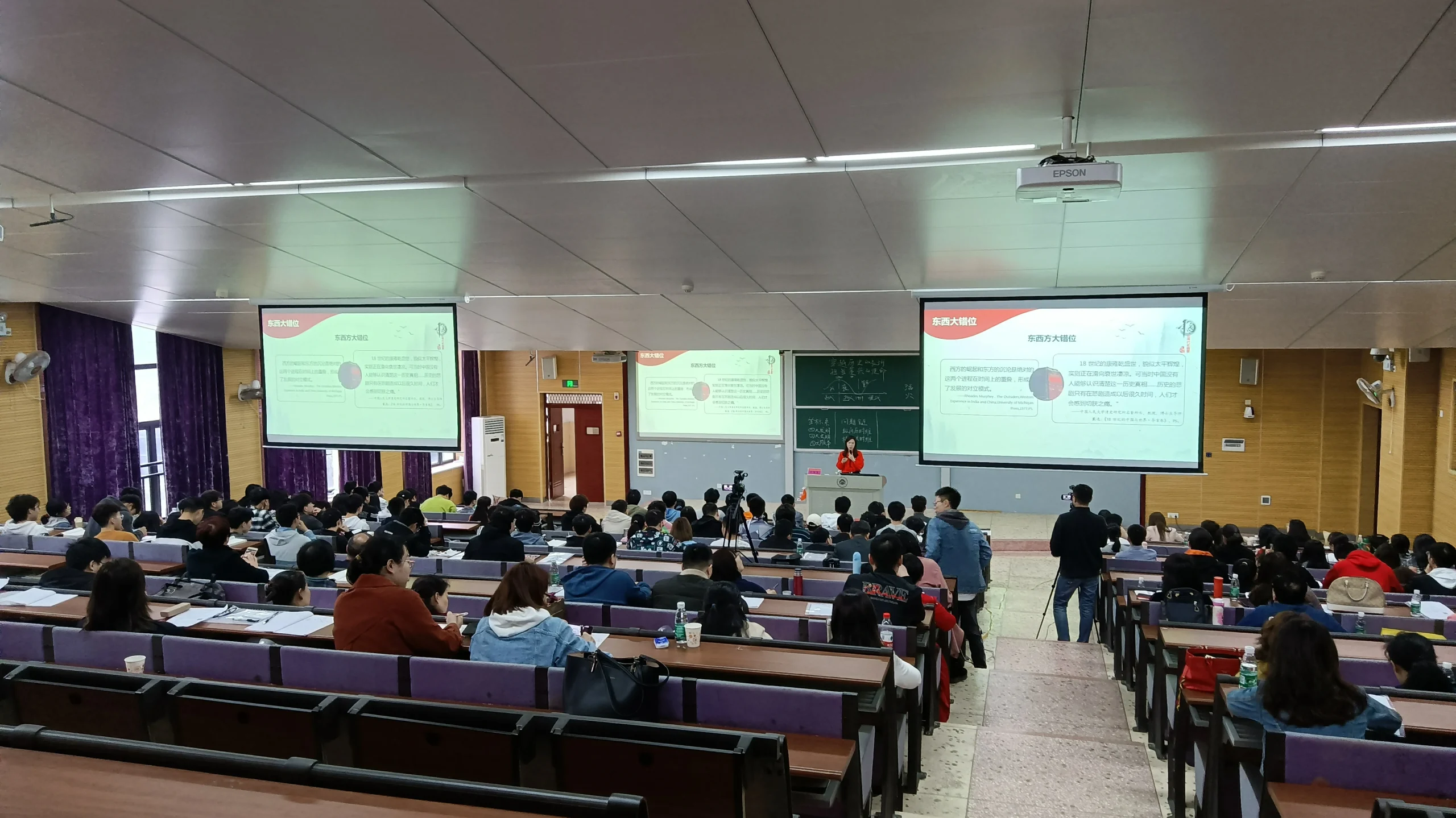
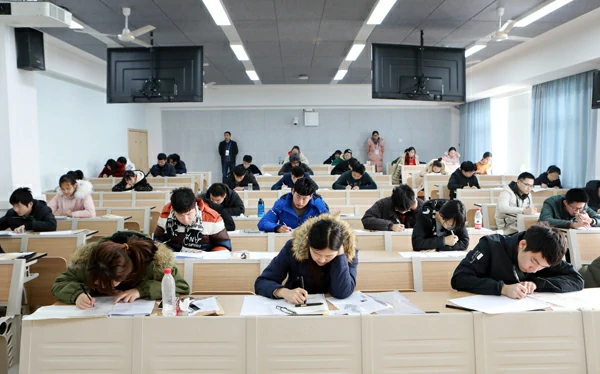
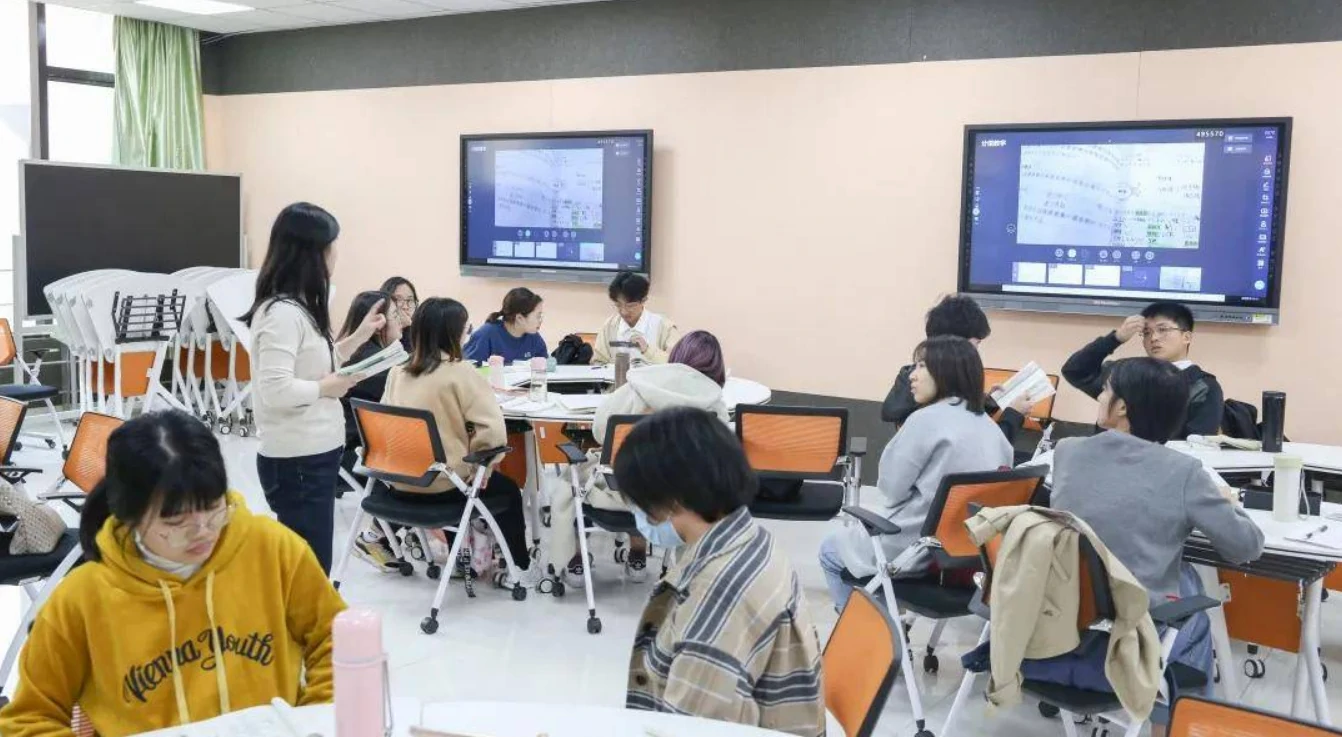



![[Guangxi], 0 Tuition, 0 Dorm, Bachelor Scholarship](https://news.eduprchina.com/wp-content/uploads/2024/07/南宁1-350x250.jpeg)






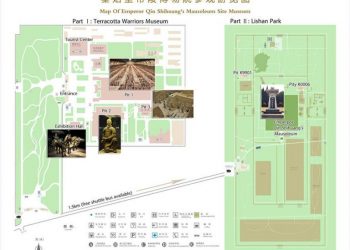






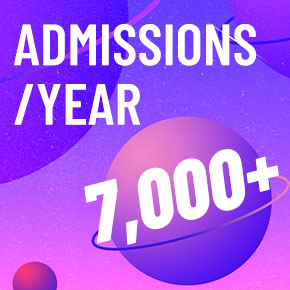











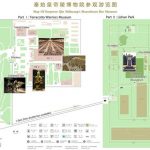
This Post Has 0 Comments